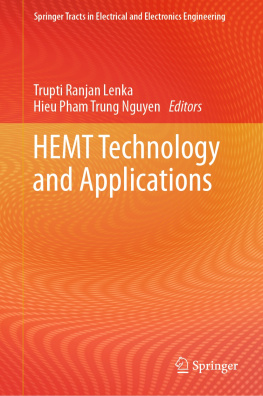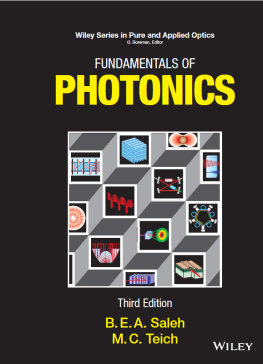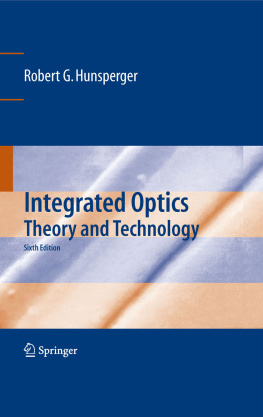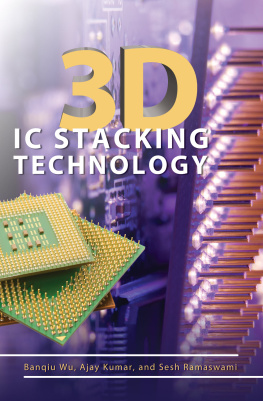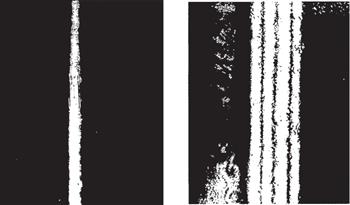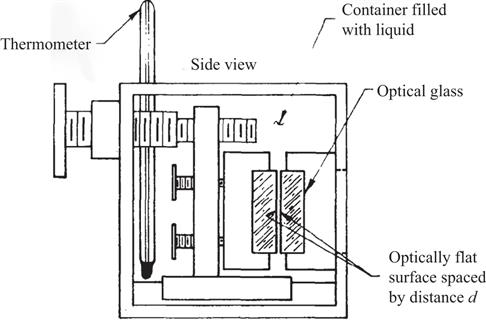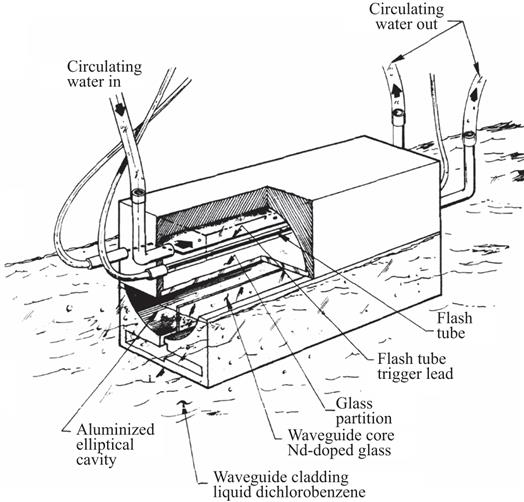Giancarlo C. Righini - Integrated Optics: Modeling, material platforms and fabrication techniques
Here you can read online Giancarlo C. Righini - Integrated Optics: Modeling, material platforms and fabrication techniques full text of the book (entire story) in english for free. Download pdf and epub, get meaning, cover and reviews about this ebook. City: London, year: 2021, publisher: The Institution of Engineering and Technology, genre: Science. Description of the work, (preface) as well as reviews are available. Best literature library LitArk.com created for fans of good reading and offers a wide selection of genres:
Romance novel
Science fiction
Adventure
Detective
Science
History
Home and family
Prose
Art
Politics
Computer
Non-fiction
Religion
Business
Children
Humor
Choose a favorite category and find really read worthwhile books. Enjoy immersion in the world of imagination, feel the emotions of the characters or learn something new for yourself, make an fascinating discovery.
- Book:Integrated Optics: Modeling, material platforms and fabrication techniques
- Author:
- Publisher:The Institution of Engineering and Technology
- Genre:
- Year:2021
- City:London
- Rating:3 / 5
- Favourites:Add to favourites
- Your mark:
Integrated Optics: Modeling, material platforms and fabrication techniques: summary, description and annotation
We offer to read an annotation, description, summary or preface (depends on what the author of the book "Integrated Optics: Modeling, material platforms and fabrication techniques" wrote himself). If you haven't found the necessary information about the book — write in the comments, we will try to find it.
Edited by two recognised experts, this book in two volumes provides a comprehensive overview of integrated optics, from modelling to fabrication, materials to integration platforms, and characterization techniques to applications. The technology is explored in detail, and set in a broad context that addresses a range of current and potential future research and development trends.
Volume 1 begins with introductory chapters on the history of integrated optics technology, design tools, and modelling techniques. The next section of the book goes on to discuss the range of materials used for integrated optics, their deposition techniques, and their specific applications, including glasses, plasmonic nanostructures, SOI and SOS, and III-V and II-VI semiconductors.
Volume 2 addresses characterization techniques, integrated optical waveguides and devices. A range of applications are also discussed, including devices for sensing, telecommunications, optical amplifiers and lasers, and quantum computing.
The introductory chapters are intended to be of use to newcomers to the field, but its depth and breadth of coverage means that this book is also appropriate reading for early-career and senior researchers wishing to refresh their knowledge or keep up to date with recent developments in integrated optics.
Giancarlo C. Righini: author's other books
Who wrote Integrated Optics: Modeling, material platforms and fabrication techniques? Find out the surname, the name of the author of the book and a list of all author's works by series.




